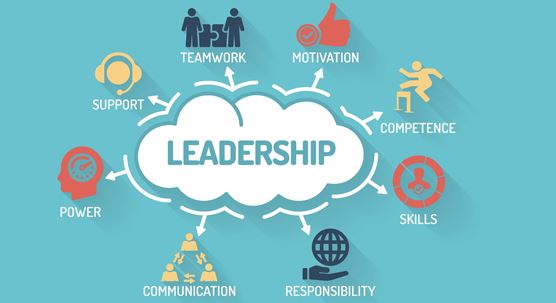Exploring Leadership and its Influence on Employee Motivation and Employee Engagement at IBM (2016)
Leadership and Employee Engagement Dissertation – Human resources are the most challenging and difficult resource that the company has to maintain. Be it any sector, manufacturing, information technology, hospitality, retail, education or any other, human resource is a necessity in every organization and in every sector. Where in the past, employees were disrespected and treated as unequal; today they are being given increased importance. Just like the companies care out their customers, they also care about their employees, especially when it is a retail or hospitality sector.
In fact there are a few organizations that stress more on their employees rather than the other stakeholders. This transformation from being a worker to being an important asset of the company has occurred in the recent years when globalisation took over the world. Due to globalisation, the companies are open to large base of employees. This has given employees certain advantages to bargain over various things.
Therefore employees have become an important part of the company, as employee turnover is a huge shortcoming for the companies. In the information technology sector, the growth in career is slow and since it is a technology oriented market, human resources are required but majority of the parts are done by the advanced technology. Employees that are not at higher levels with major decision-making powers are usually demotivated because of their slow and monotonous jobs. Motivation is one of the many factors that result in employee turnover.
Employee engagement and motivation has always been a concern for every organization. Motivation is the drive that allows the individuals to take certain steps for achieving certain goals. Motivated employees allow the company to achieve their targeted objectives and goals with full efficiency and optional use of resources. Employee engagement is regarded as a concept where the company’s management is able to bring together the employees to achieve a specific goal.
Employees can be brought together only if they are motivated to work in a team and understand its importance. In order to motivate the employees and make sure they engage in corporate practices, the company would require a strong leader. A leadership skill is necessary since the leaders have the competency and skills to motivate the team to perform better. It is very challenging for the company to motivate and engage their employees in unit cohesion because of various individual and professional differences.
These differences and certain management decisions result in resistance on the part of the employees and hence needs a leader for bringing them together. A leader’s role is not to manage the team and authorise them but participate with them in their work and motivate them at each level for enhanced performance.
Dissertation objectives
- To analyze and explore the impact of factors on employee’s motivation, satisfaction of job and innovation
- To investigate the relationship between transformational style of leadership and employee’s motivation, satisfaction level of job and innovation
- To investigate the relationship between transactional style of leadership and employee’s motivation, satisfaction level of job and innovation
- To investigate the relationship between participative style of leadership and employee’s motivation, satisfaction level of job and innovation
- 14,000 words – 60 pages in length
- Excellent use of literature
- Excellent analysis of subject area
- Well written throughout
- Ideal for HRM students
1: Introduction
Background of the Study
Research Aims and Objectives
Research Aim
Research Objectives
Research Hypothesis
Research Questions
Rationale of the Study
Outline of Dissertation
2: Literature Review
Transformational Leadership
Transactional Leadership
Laissez Faire Leadership
Leadership Theories for Employee Motivation
Trait Theory
Behavioral Theory
Participative Leadership Theory
Situational Leadership
Various concepts influenced by leadership styles
Organizational commitment
Job Satisfaction
Job Involvement
3: Research Methodology
Research Design
Research Approach
Research Instrumentation
Data Collection
Primary Data Collection
Secondary Data Collection
Sampling Technique
Data Analysis
Ethical Considerations
Limitations to the Methodology
Conclusion
4: Data Analysis and Findings
Data Analysis
Findings of the study
Leadership Style and Organizational Commitment and Engagement
Leadership Styles and Work Motivation
5: Conclusions and Recommendations
Conclusion
Recommendations
Scope for Future Studies
References

